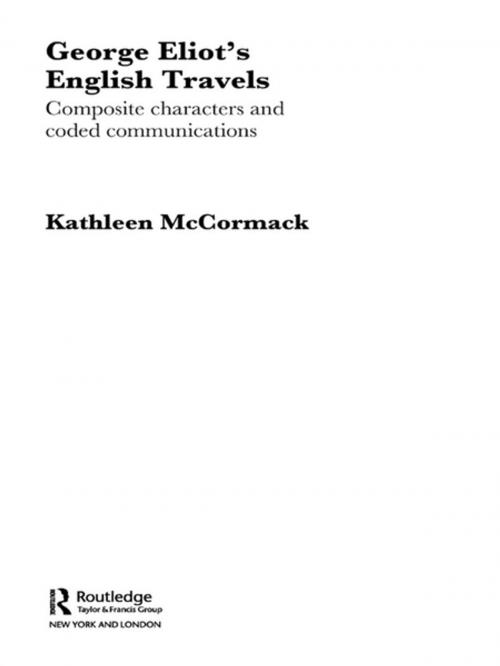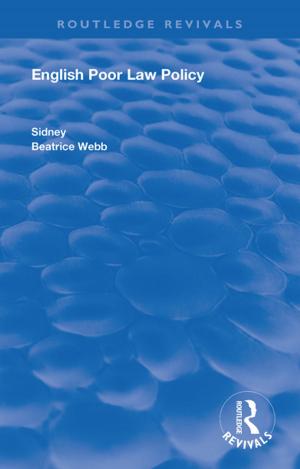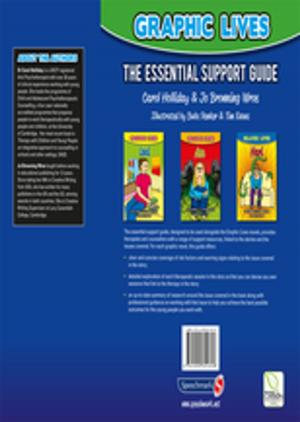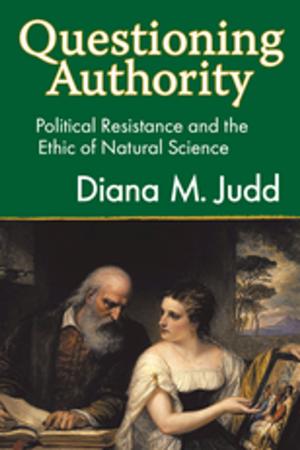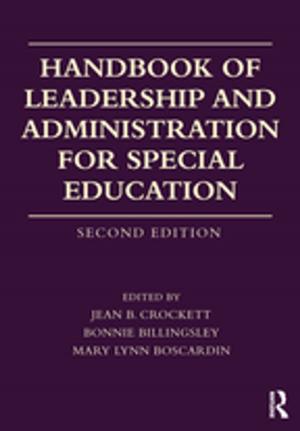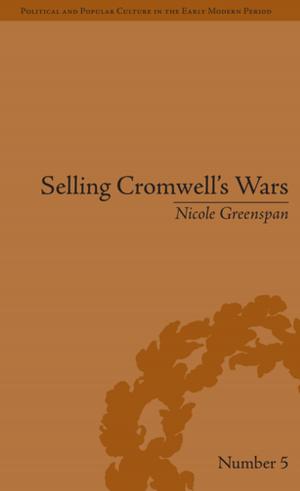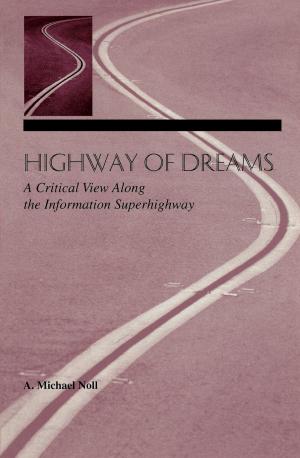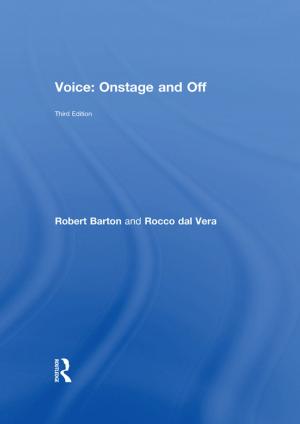George Eliot's English Travels
Composite Characters and Coded Communications
Fiction & Literature, Literary Theory & Criticism, British| Author: | Kathleen McCormack | ISBN: | 9781134238590 |
| Publisher: | Taylor and Francis | Publication: | November 16, 2005 |
| Imprint: | Routledge | Language: | English |
| Author: | Kathleen McCormack |
| ISBN: | 9781134238590 |
| Publisher: | Taylor and Francis |
| Publication: | November 16, 2005 |
| Imprint: | Routledge |
| Language: | English |
George Eliot’s more than fifty long and short journeys within England took her to dozens of sites scattered around the country. Revising the traditional notion that George Eliot drew her settings and characters only from the areas of her Warwickshire childhood, Kathleen McCormack demonstrates that English travel furnished the novelist with a wide variety of originals for the composite characters and settings she would so memorably create.
McCormack traces the way in which George Eliot gathered material during her travels and also drafted long sections of the novels while away from her London home. She argues that by examining the choices George Eliot made in transforming, discarding or directly describing her English originals, we might take a significant step forward in the interpretation of her writings. Where other critics have tried to interpret characters as one-to-one renderings of living or dead models, for example, this study reveals more elaborate blendings of what George Eliot called the ‘widely sundered elements’ that made up her fiction. McCormack also reaches the fascinating conclusion that the novels were a form of coded communication between the author and people in her life, including other prominent Victorians such as Edward Burne-Jones, Robert Lytton and Barbara Bodichon.
Presenting fresh biographical information and original insights into George Eliot’s writing strategies, George Eliot’s English Travels promises a decisive shift in our understanding of one of the most important figures in Victorian literature.
George Eliot’s more than fifty long and short journeys within England took her to dozens of sites scattered around the country. Revising the traditional notion that George Eliot drew her settings and characters only from the areas of her Warwickshire childhood, Kathleen McCormack demonstrates that English travel furnished the novelist with a wide variety of originals for the composite characters and settings she would so memorably create.
McCormack traces the way in which George Eliot gathered material during her travels and also drafted long sections of the novels while away from her London home. She argues that by examining the choices George Eliot made in transforming, discarding or directly describing her English originals, we might take a significant step forward in the interpretation of her writings. Where other critics have tried to interpret characters as one-to-one renderings of living or dead models, for example, this study reveals more elaborate blendings of what George Eliot called the ‘widely sundered elements’ that made up her fiction. McCormack also reaches the fascinating conclusion that the novels were a form of coded communication between the author and people in her life, including other prominent Victorians such as Edward Burne-Jones, Robert Lytton and Barbara Bodichon.
Presenting fresh biographical information and original insights into George Eliot’s writing strategies, George Eliot’s English Travels promises a decisive shift in our understanding of one of the most important figures in Victorian literature.
